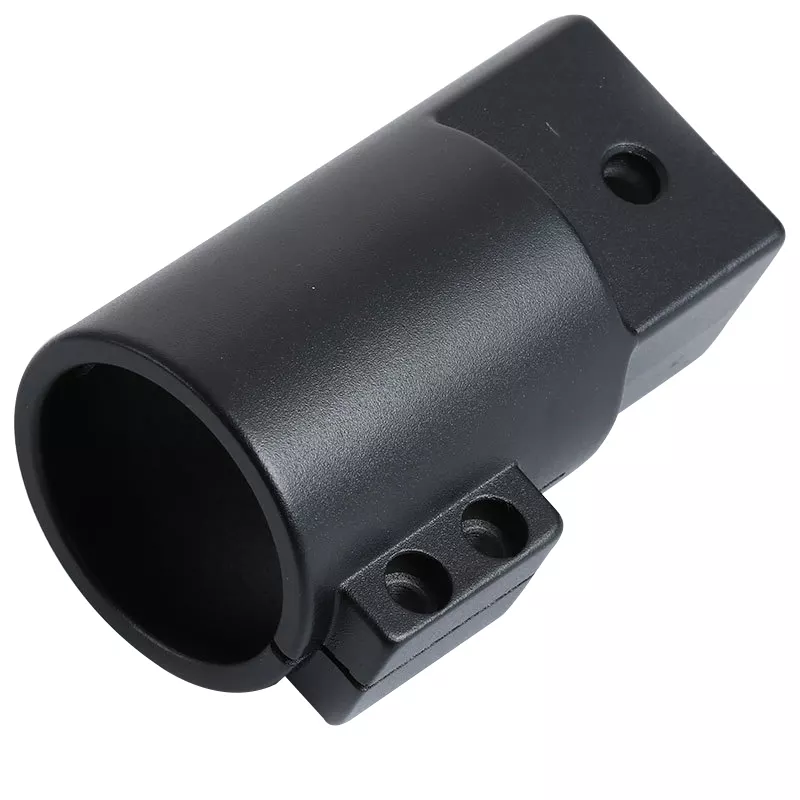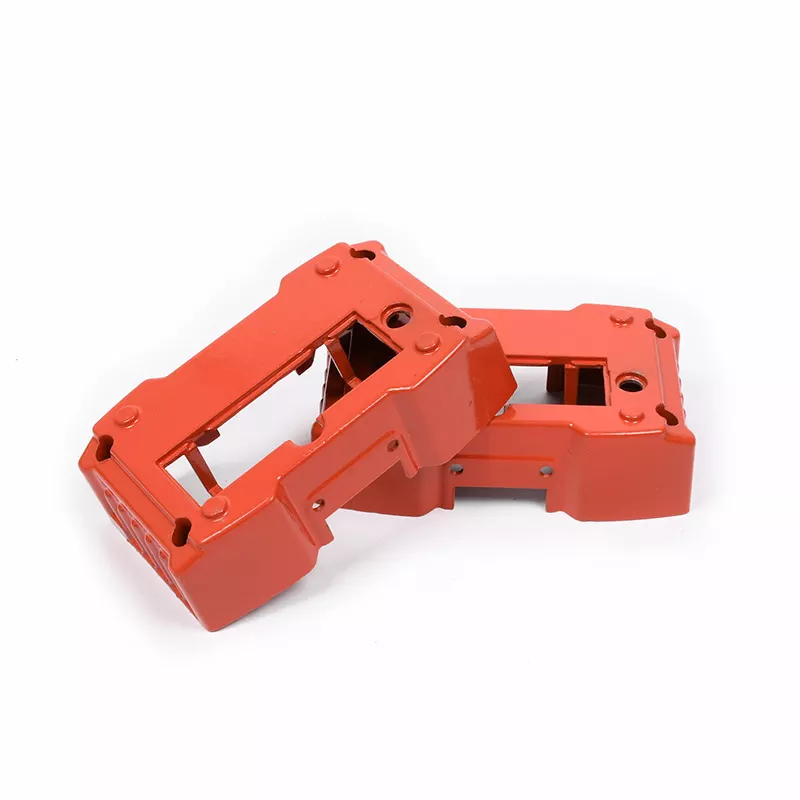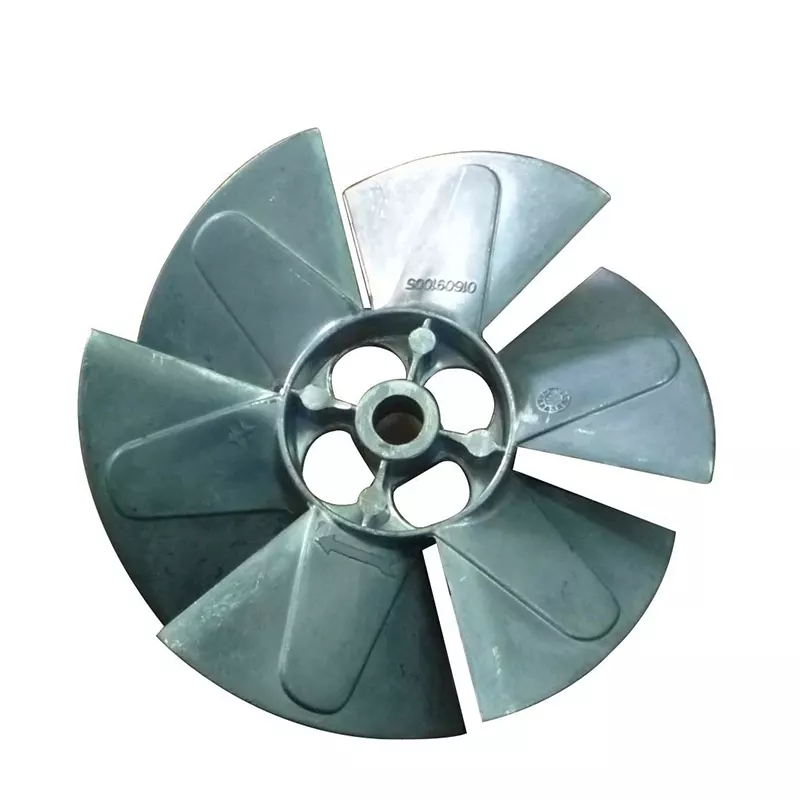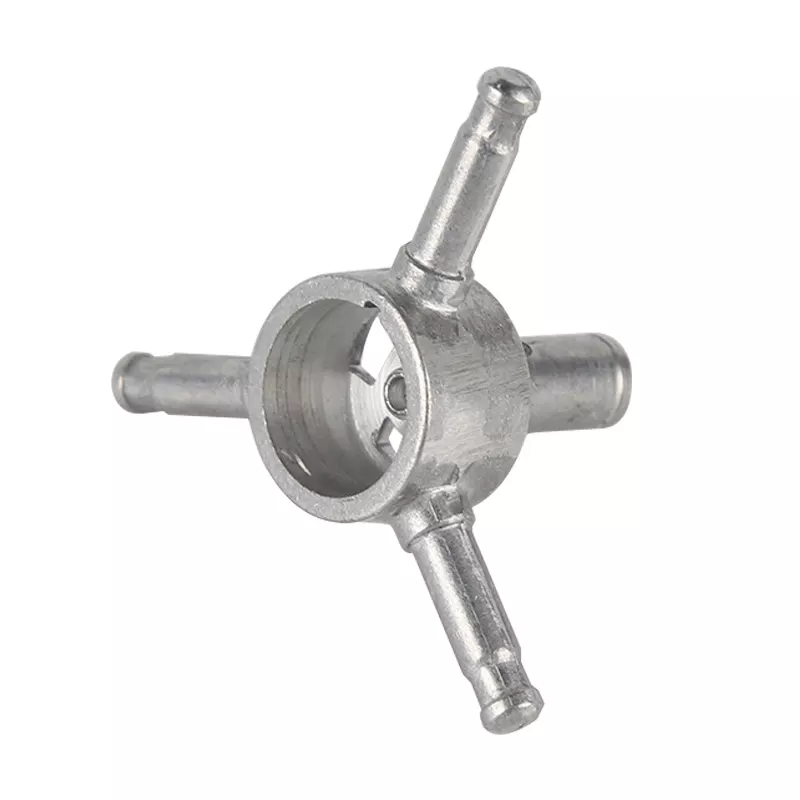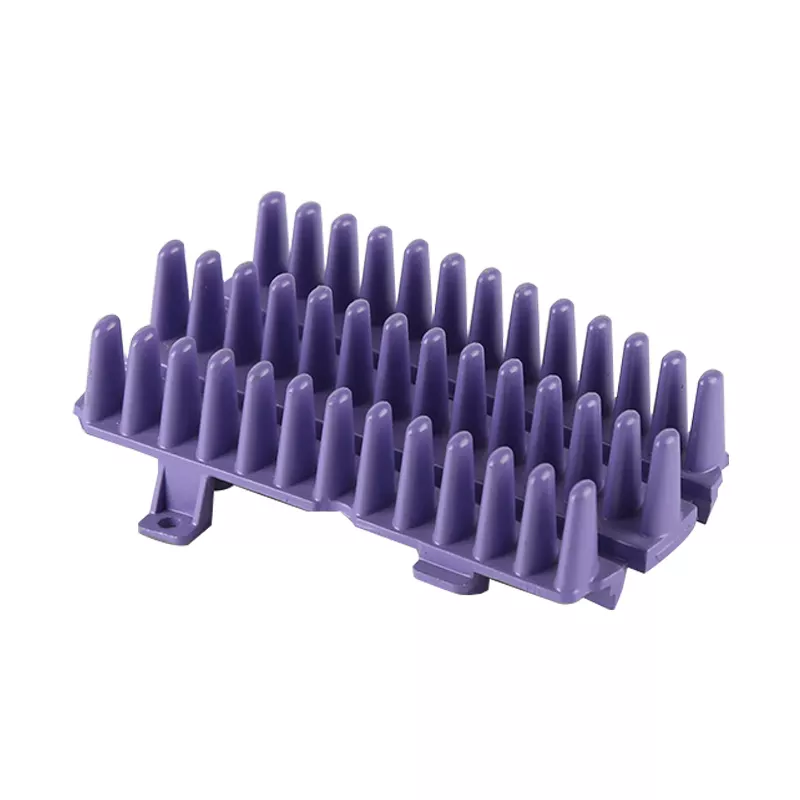
When the pump is dynamically balanced, the entire rotor parts should be made together. The impeller is replaced, and the balance point has also changed. It needs to be re-aligned. If it is an ordinary single-stage pump, it is not necessary because of its residual imbalance.
The impact on the pump is not large. If it is a high-speed pump or a multi-stage pump, it needs to be rebalanced. I don't know much about the high-speed pump, so I guess it should be. For multi-stage pumps, the rotor components should be small, after dynamic balance, mark the position of each part, and then assemble the whole pump as a whole, so as to achieve the effect of dynamic balance.
Conditions for dynamic balance of water pump rotors: high-speed pumps should be tested for dynamic balance, and low-speed pumps should only be statically balanced.
If a rigid rotor cannot meet the conditions of a disc-shaped rotor for static balance, two planes need to be balanced, that is, dynamic balance. The rotor conditions for static balance only are as follows (balance static G0.4 is the highest accuracy, in general, the dynamic balance static of the pump impeller selects G6.3 or G2.5):
Generally, single-stage pumps do not need to perform a dynamic balance test again after changing the impeller, but it should be ensured that the replaced impeller parts have undergone a dynamic balance test (if the user cuts the impeller diameter after the dynamic balance test, the dynamic balance test needs to be performed again), For multi-stage centrifugal pumps, if the impeller is replaced, even if the impeller has undergone a dynamic balance test, when replacing the impeller, install the impeller on the pump shaft, and the entire rotor needs to be re-dynamically balanced, remembering the position of each part, and then Remove and press the position of the impeller for the dynamic balance test to reinstall the pump.




